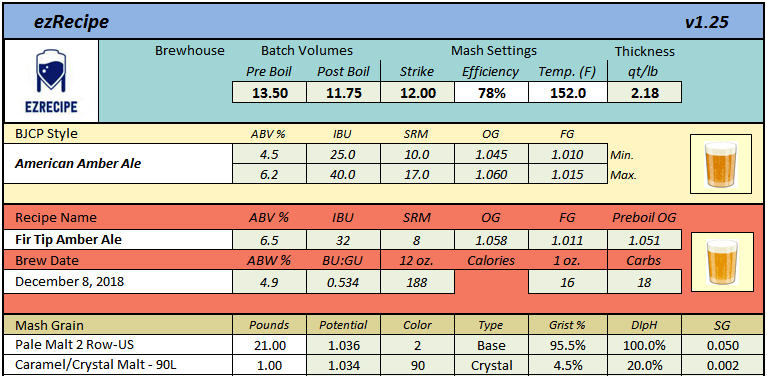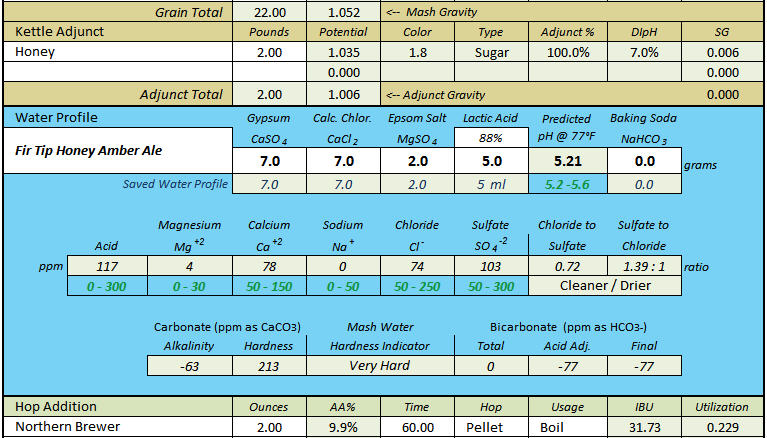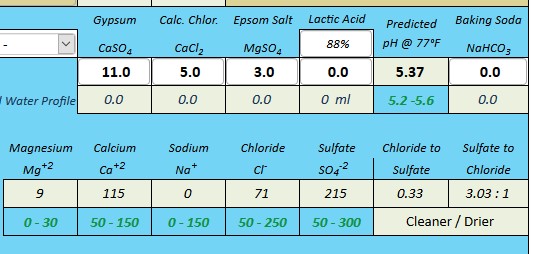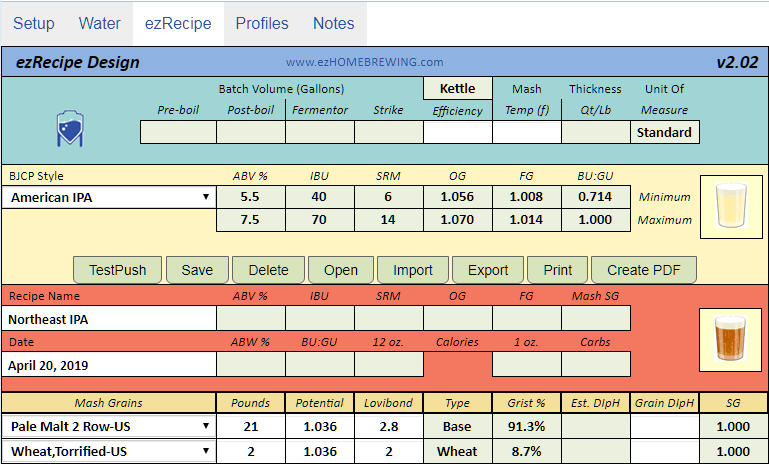After fermenting a batch of this recipe at 67F using Danstar Windsor "British-Style Beer Yeast". I was surprised when 50% apparent attenuation was all Windsor could coax from this recipe. Mashed at 152F the original gravity was 1.056 and the final gravity 1.026. A hydrometer sample tasted like I thought a nice chocolaty under 4% alcohol Stout should taste like. Just perfect for a holiday dinner with thirsty family and friends. For those interested in water properties. Starting with straight RO or distilled water adjust to the following:
11ppm of Mg+2
12ppm of Ca+2
12ppm Na+
21ppm Cl-
43ppm SO4-2
You will be pleasantly surprised too.
11ppm of Mg+2
12ppm of Ca+2
12ppm Na+
21ppm Cl-
43ppm SO4-2
You will be pleasantly surprised too.
Last edited:


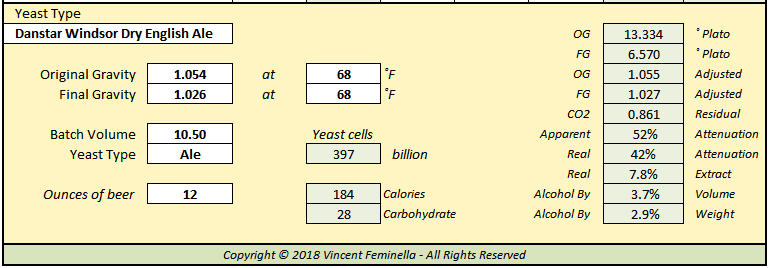

![Craft A Brew - Safale S-04 Dry Yeast - Fermentis - English Ale Dry Yeast - For English and American Ales and Hard Apple Ciders - Ingredients for Home Brewing - Beer Making Supplies - [1 Pack]](https://m.media-amazon.com/images/I/41fVGNh6JfL._SL500_.jpg)






















































